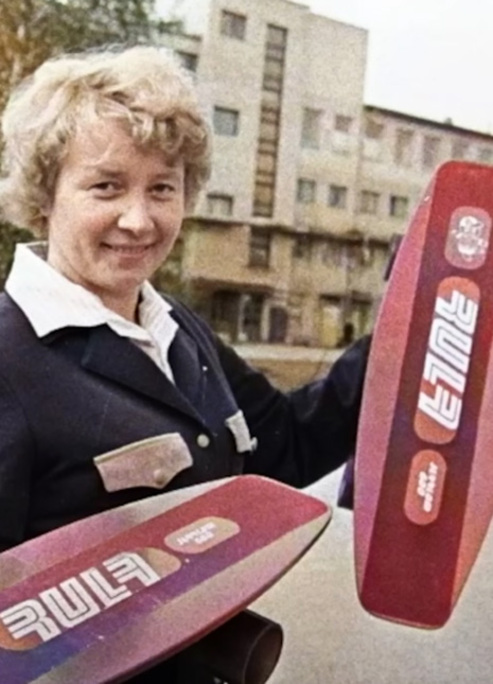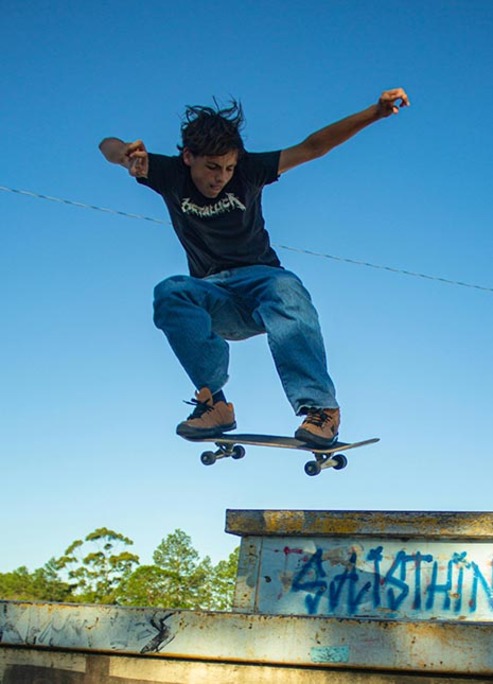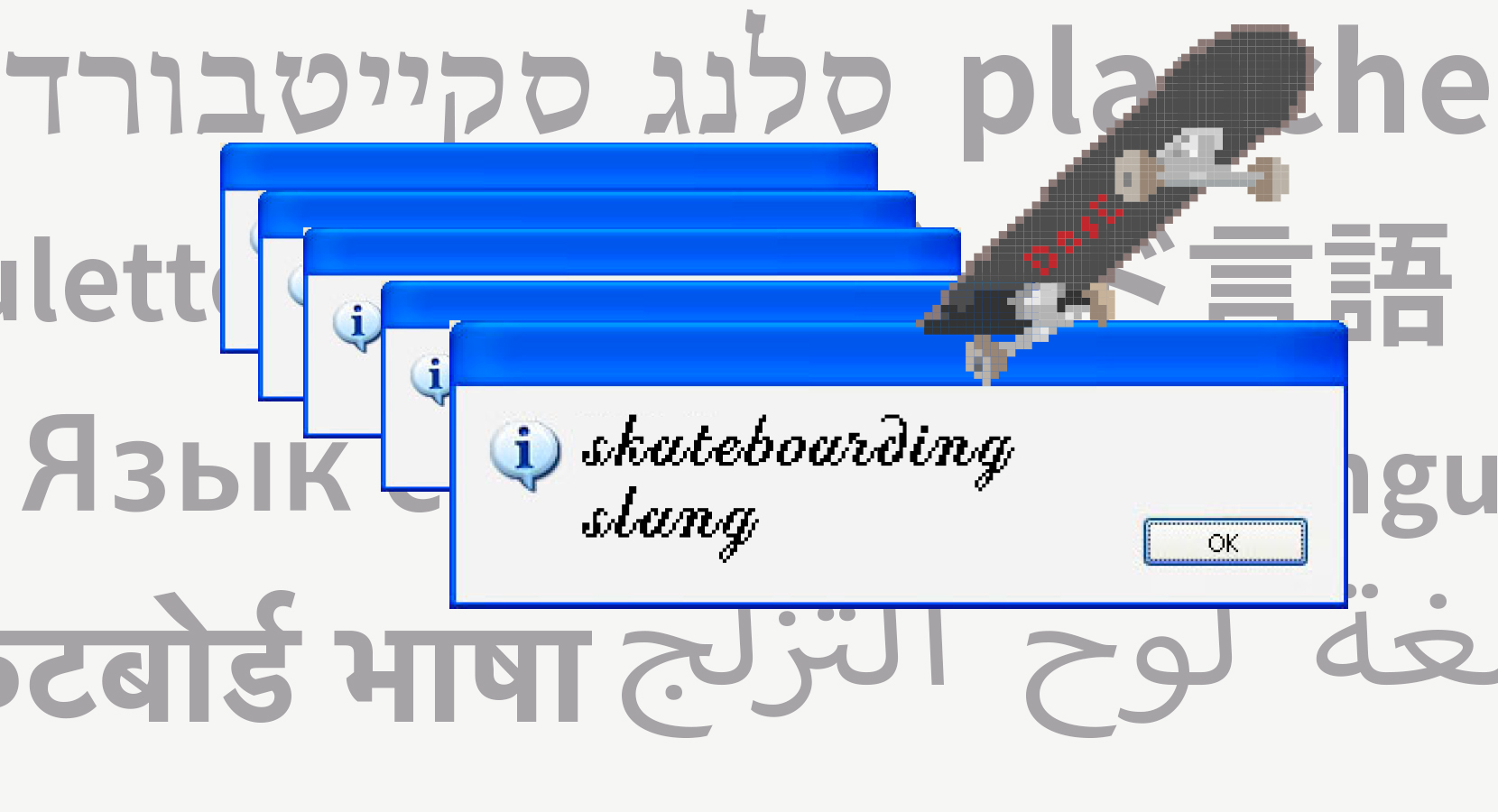
Skateboarding Slang 101
Skateboarding is more than just a sport; it's a language all to itself. For those who are new to the world of skateboarding, the unique terminology and idioms can be a bit overwhelming. Don't worry! Here's your guide to getting to grips with the terms and idioms that are an integral part of skateboarding culture.
Stance and Orientation
To understand skateboarding, you first need to grasp the basics of stance and orientation. Skateboards are ridden in a combat stance, similar to martial arts, with one foot in front of the other. The preference for which foot leads is arbitrary but instinctive. If your left foot leads, you're considered "regular-footed," and if your right foot leads, you're "goofy-footed." There's no advantage to either stance, and skateparks often have a symmetrical design to accommodate both. Terms like "Frontside" and "Backside" come from surfing and indicate the direction of the turn while standing sideways. "Fakie" simply means rolling backward.
Switchstance
Switchstance is not a trick but rather an inversion of form in skateboarding. It means riding in the opposite direction of your preferred combat stance. Imagine learning to play golf the opposite way around but with much more potential for dangerous consequences if you make a mistake.
The Tricks
Now, let's delve into the heart of skateboarding - the tricks.
Ollie: In the late 1970s, a groundbreaking discovery revolutionized skateboarding. It was found that striking the kicktail of the skateboard off the ground allowed it to get airborne without the need to grab it. This simple yet game-changing move gave birth to countless new trick possibilities.
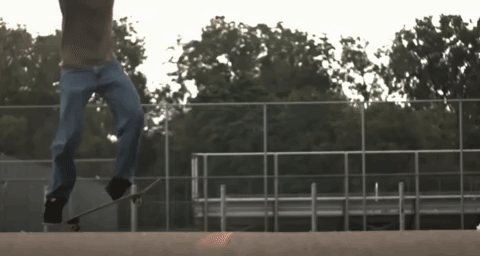
Nollie: This is a reversal of the Ollie. Instead of using the tail, the nose of the skateboard becomes the lever to get airborne.
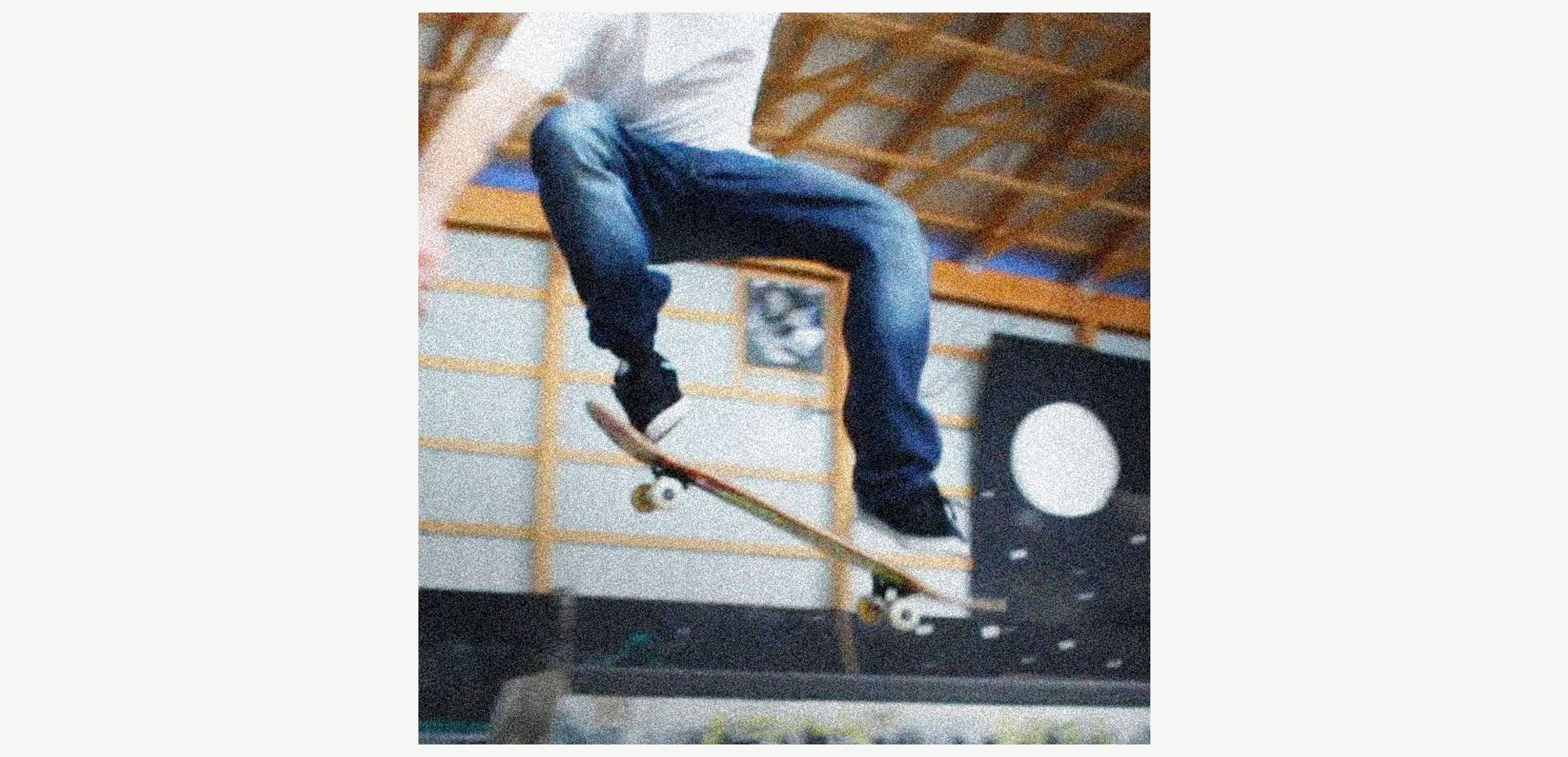
Flip Tricks: Flip tricks involve techniques that make the skateboard flip in the air. There are various methods to achieve these flips, leading to a wide range of tricks.
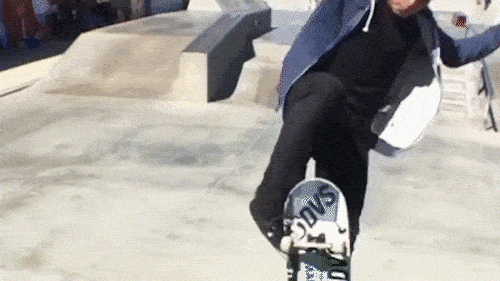
Grinds: Grinds involve riding along the rim of a bowl or obstacle using the axles (known as "trucks") alone. It's a smooth and stylish maneuver that requires precise balance.
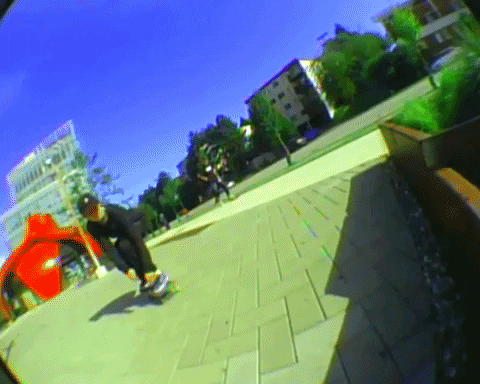
Slides: Slides are all about sliding along the rim of a bowl or obstacle on the underside of the skateboard deck itself. It's a challenging move that showcases a skater's skill and control.
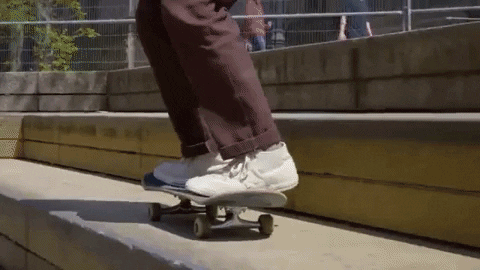
Inverts: Sometimes referred to as handplants, inverts involve planting a hand on the rim while momentarily going fully upside-down. This move adds a touch of acrobatics to skateboarding.
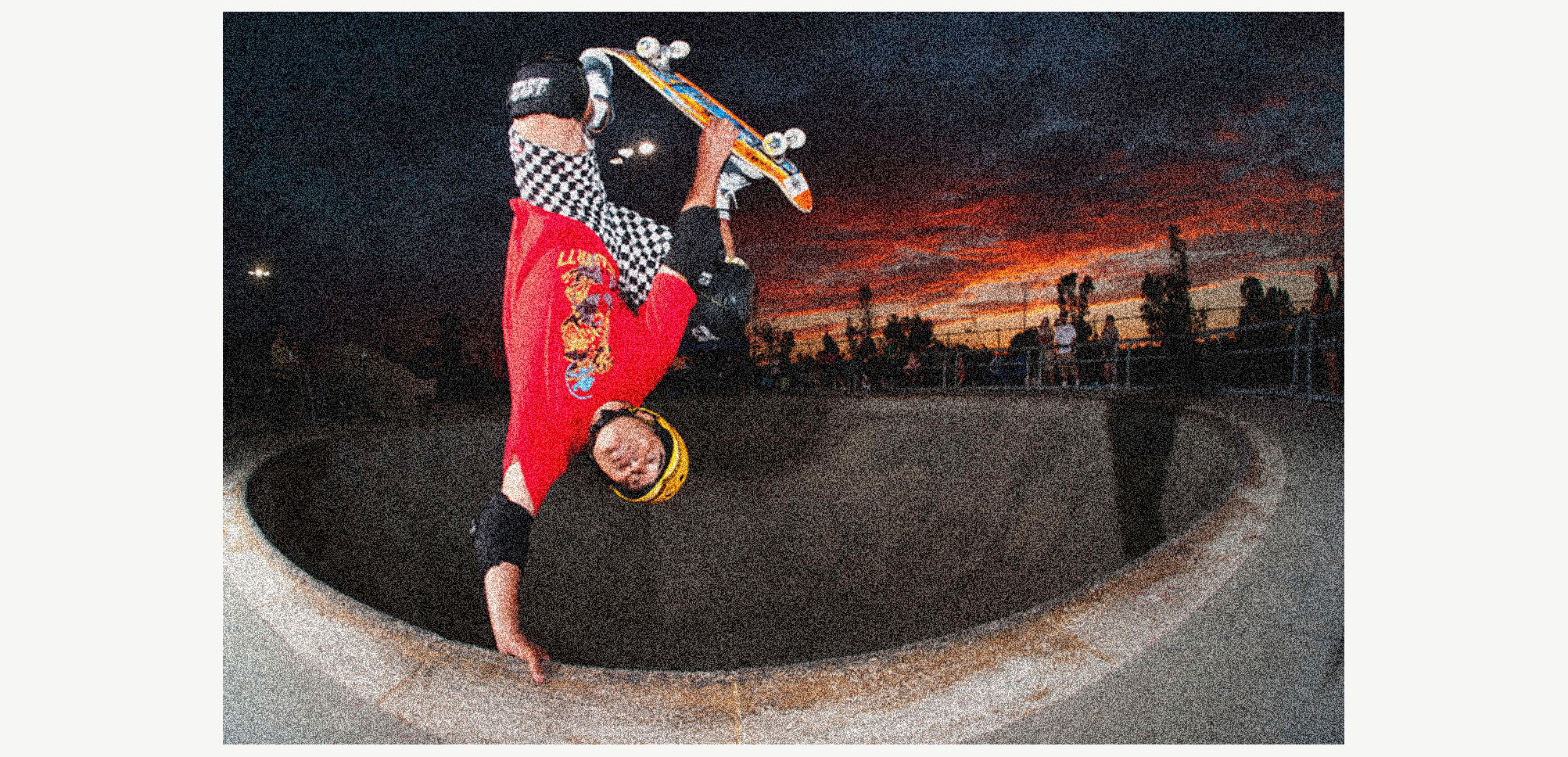
Aerials: Aerials, or airs, are tricks that combine grabs and spins in the air above the rim or coping, which is the vertical edge of a skatepark's riding surface. These tricks require both technical skill and creativity.
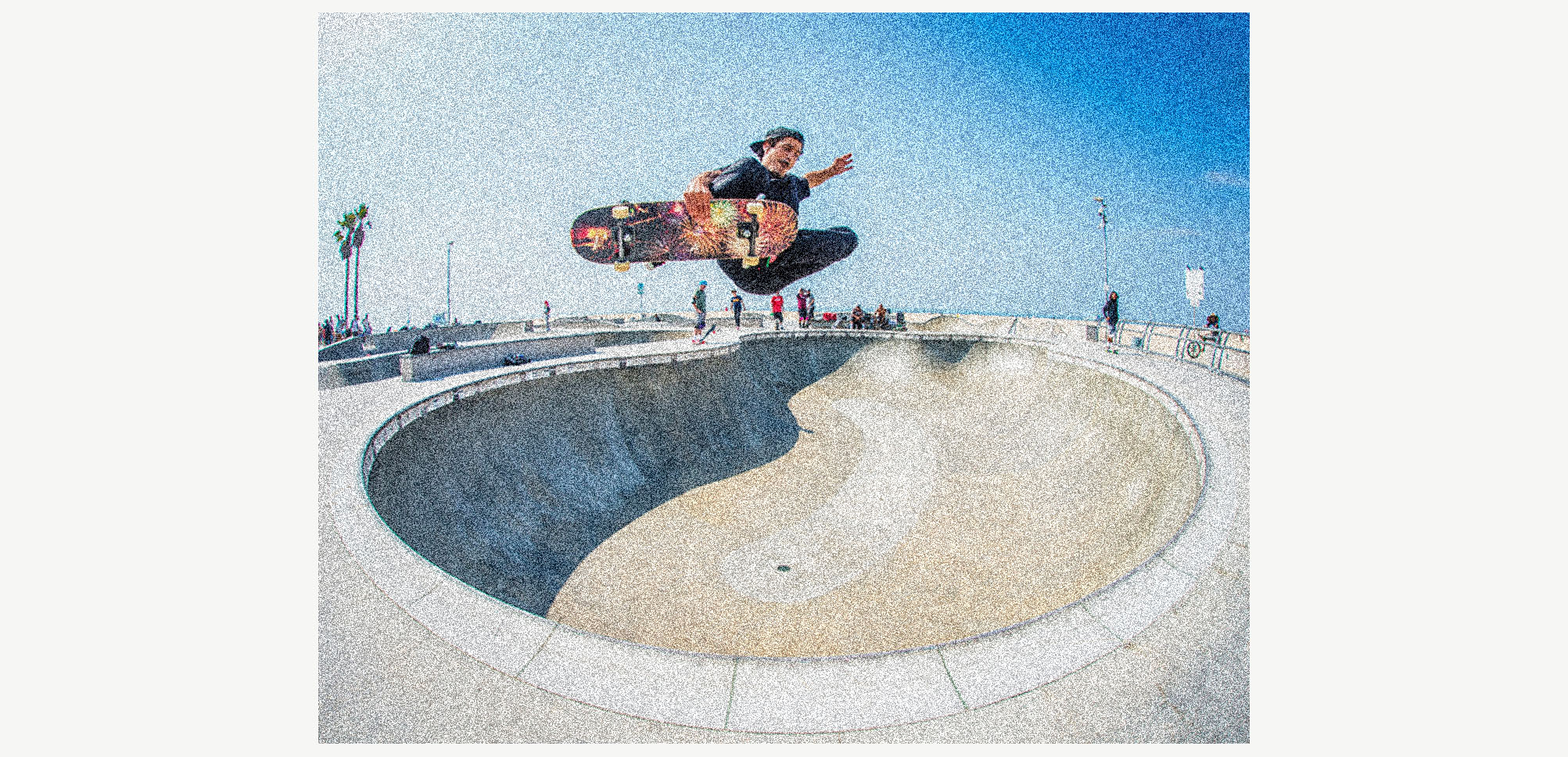
Blunts: Blunts are gravity-defying stalls above the coping where only the tail of the skateboard remains in momentary contact with the lip of the bowl. It's a move that showcases a skater's balance and control.
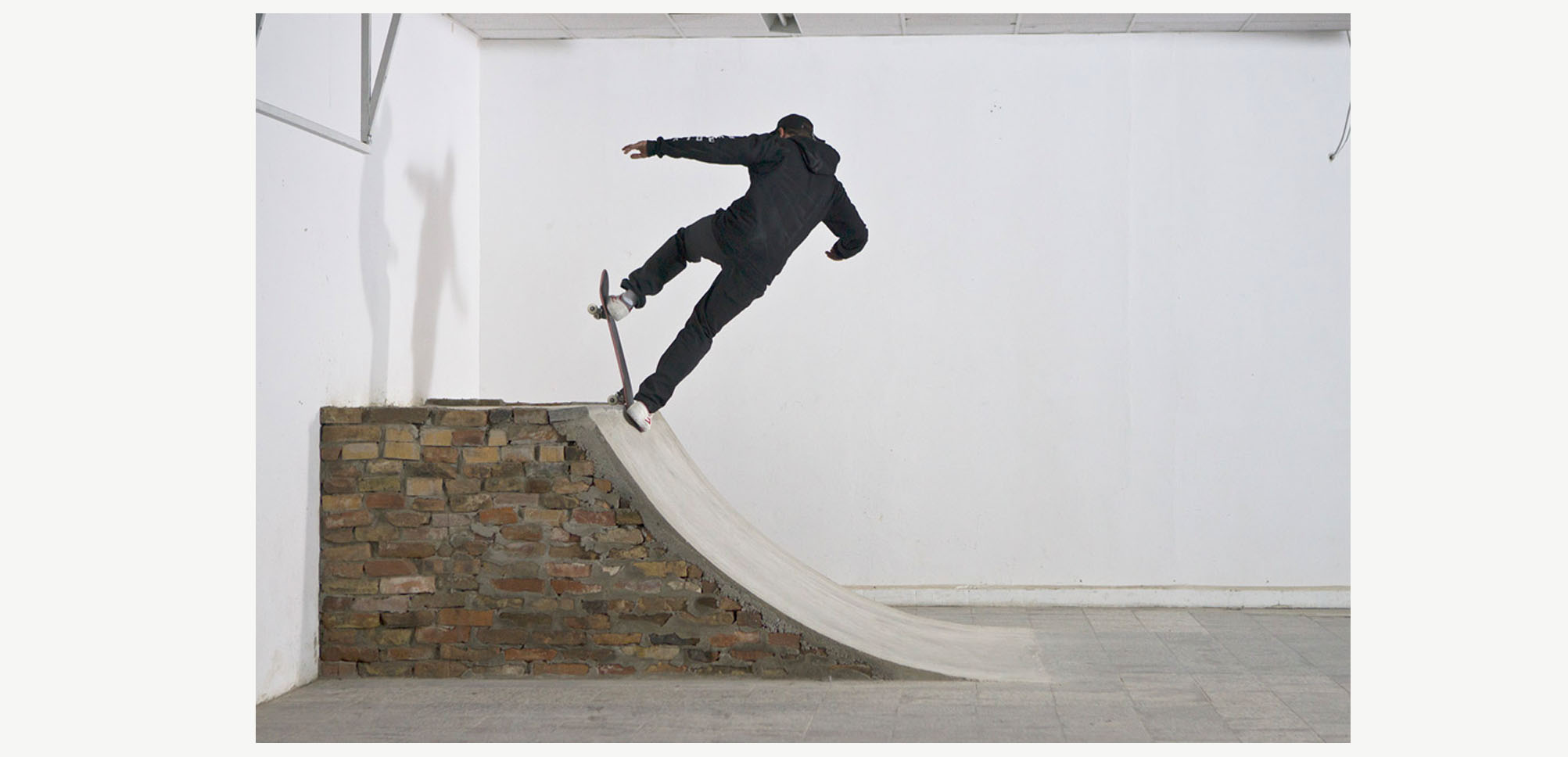
Transfers: Transfers are courageous moves in which a skateboarder takes off from one plane of movement and lands on another, almost like jumping over sand dunes. These tricks demand total control and fearlessness.

So, there you have it—a brief glimpse into the rich and vibrant world of skateboarding terminology and tricks. It's a language all its own, and understanding these terms is your key to unlocking the secrets of this incredible sport. Whether you're a regular-footed or goofy-footed skater, the skateboarding community welcomes you with open arms. So hit the park and start speaking the skateboarding lingo. It's a fun journey filled with adrenaline, creativity, and endless possibilities.


